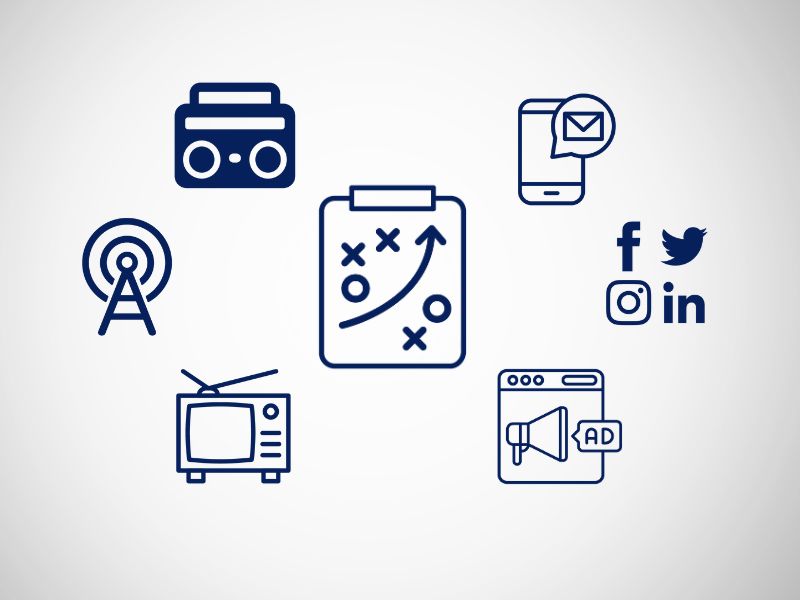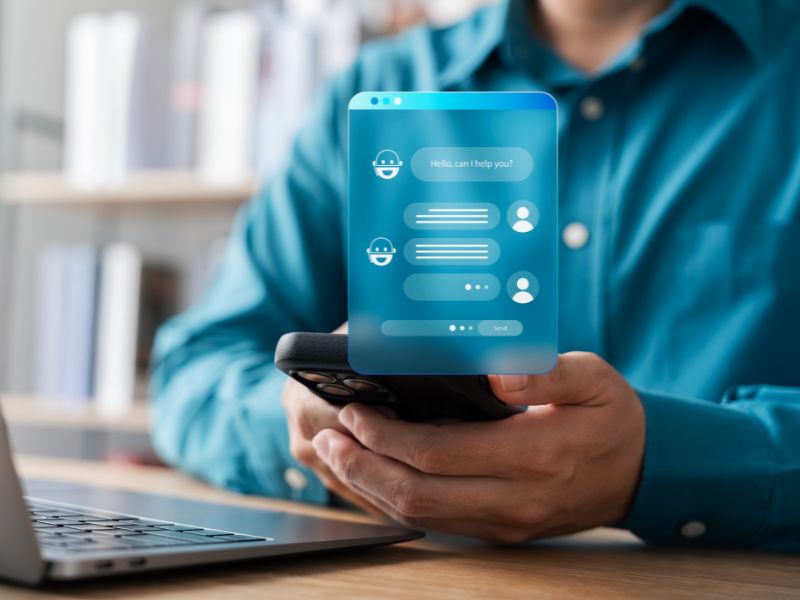
The Ever-Changing World of Retail

Growing up, a shopping trip to the mall was a much-anticipated event! It meant hanging out with friends, trying on the latest fashions, and eating at the food court. But well before COVID- 19 reared its ugly head, shopping trends changed and much of that had to do with consumers’ need to connect with brands, purchase products that have been personalized for us, and the ability to get our purchases quickly and conveniently. Brandience is here to help proactive retailers navigate the new and ever-changing customer journey – so that you continue to stay on the road to success.
What’s a retailer to do to stay on top?
- Do consumer research on your own customers. Ask them not only about how you are performing but are there features that would make them buy more from you if those features became available?
- Create a customer advisory board with the goal of getting valuable and actionable input. Remember that meetings with this group are not meant to be sales presentations.
- Stay on top of the trends within your industry. Also, do a deep dive on your direct and indirect competitors.
- Test and learn to unlock data-driven innovation. Use this data to experiment on hypotheses, quickly measuring and understanding the KPIs around those hypotheses to drive future decision making.
- Should you become a First Mover or a Fast Follower? While the First Mover could have the competitive edge, the Fast Follower learns from the First Mover’s mistakes and improves upon the innovation. Which best fits your brand?
So what are some of the trends and new innovations that retailers are trying? How are they contributing to a new customer journey? Here are a few to consider.
Experiencing the brand on a deeper level
For a brand to survive, it must provide more than just convenience. Customer experience is the key. For example, Lululemon not only sells trendy yoga gear, the stores offer free yoga classes as well. Joann Fabric & Craft Stores opened its first “Creator’s Studio” concept store in 2018. It featured cutting-edge technology, dedicated community and learning spaces, and new custom services. Given its success in connecting with what the customer wanted, the chain has since successfully rolled out several more of these stores across the country.
Amazon Go and Amazon Go Grocery are traditional brick-and-mortar stores that let you enjoy grocery shopping without the hassle of standing in line to check-out by providing “just-walk-out- shopping”. Just-Walk-Out technology automatically detects when products are taken from or returned to the shelves and keeps track of them in a virtual cart. When you’re finished shopping, you simply leave the store. Later, Amazon sends you a receipt and charges your Amazon account.
Augmented Reality and Artificial Intelligence – influencing product personalization
Personalization is creating interactions and experiences using digital marketing technologies. Trying before you buy helps you to feel confident about your purchase. No one wants buyer’s remorse and AR, Augmented Reality, is helping that become a thing of the past. For example, Warby Parker’s Virtual Try-On app overlays computer-generated glasses onto the customer’s face. This sounds much easier than struggling to choose a new pair of frames after your eyes have been dilated.
Sephora not only offers beauty classes, it also has an app that allows you to virtually “try on” palettes, products and looks.
Ikea Place and Pottery Barn’s AR apps allow customers to outfit a room virtually – making sure all pieces fit before the purchase. Combine those apps with Sherwin-Williams’ ColorSnap Visualizer mobile app’s capabilities and you’ll own a house that one might find featured on HGTV.
Stitch Fix, an ecommerce brand, uses a blend of stylists and artificial intelligence, or AI, to help determine the customer’s preferred style to fit her budget and lifestyle. It also uses AI to streamline operations from filling boxes to managing inventory. Its success has led the company to expand into selling men’s and kids clothing.
McDonald’s is even getting in the AI game. It has installed digital menu boards in its drive-thru lanes. These boards promote products based on the time of day, the weather, the popularity of certain menu items and even the length of the wait. For example, on a cold day, the board might promote hot chocolate as an alternative to a Coke.
Delivery technology – not all purchases are made within its 4 walls
E-commerce continues to grow across many categories such as apparel, beauty, books, music, furniture, and even toys. Much of this has to do with the convenience of shopping without leaving your couch, as well as the advances in delivery. People are willing to pay more for fast delivery and are even open to having delivery drivers enter their garage, car, and even their home to drop off packages. Even grocery stores have gotten into the game, with delivery being a very attractive option, especially during these times of shelter-in-place.
Companies continue to explore the area of delivery. For example, Amazon’s Scout robot was put into test on the sidewalks of some suburbs in the state of Washington. Somewhat like the robot idea is Domino’s testing of self-driving cars. This “last mile” market is of interest for several companies such as Amazon, Google, UPS, Walgreens and Uber as they explore delivery by drones.
Buy online, pick-up in store, or BOPIS, is a trend that took off during the past holiday season. The benefits for the customer are they can shop from their couch, incur little or no delivery fees, and have the knowledge that their package won’t succumb to “porch pirates.” Stores win because in many instances, the customer rings up additional items when picking up their packages.
The traditional customer journey is changing, and retailers need to continue to reinvent themselves to stay connected with their customers’ ever-changing wants and needs. To come out as a leader, the brand’s focus must be much more than just selling product.



.jpg)
